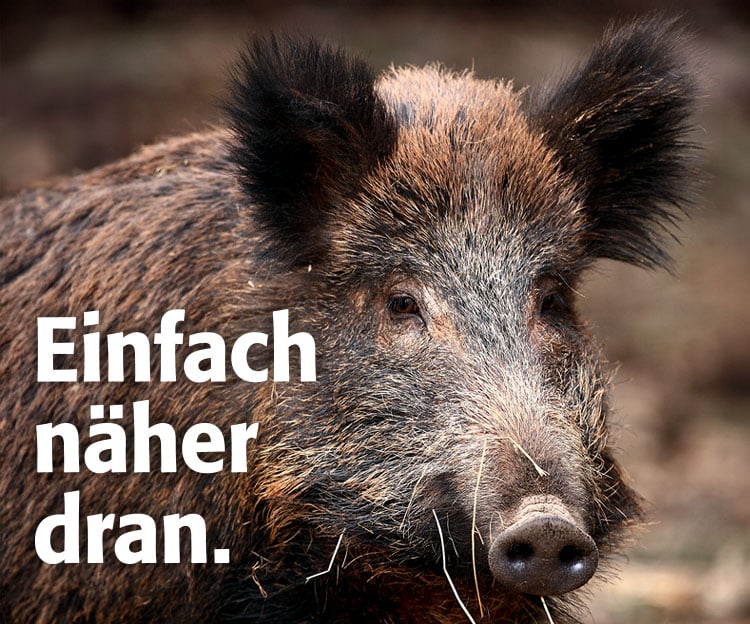
365 Tage im Jahr geöffnet
Aktuelle Öffnungszeiten:
9.00 – 18.00 Uhr
Wildpark kompakt
Die wichtigsten Infos im Überblick
Verpflegung
Unter der Woche bietet unser Kiosk im Eingangsbereich alles für den kleinen Hunger zwischendurch. Alternativ liefert der ortsansässige Imbiss innerhalb einer halben Stunde klassiche Leckerbissen wie Pommes, Pizza etc. in den Park.
Am Wochenende, an Feiertagen und in den NRW Ferien lädt dich unser Waldhaus mit Outdoor-Grill und Biergarten zum geschmackvollen Entspannen nach deiner Wanderung ein.
Wir freuen uns auf dich!



